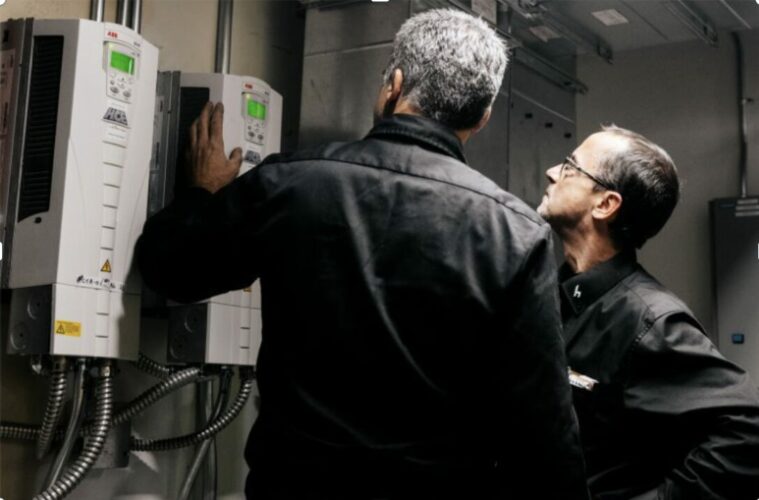“Machine Learning” as Applied to Building Mechanics
Excerpt from the ASHRAE podcast “Machine Learning in HVAC Applications”
Did you know that in June 2021, ASHRAE took the plunge and launched a podcast dedicated to the best practices in the field of building mechanics? Their goal is to:
“Listen to conversations between recognised ASHRAE experts as they discuss essential knowledge for HVAC engineers to design better systems and advance the HVAC&R industry.”
What caught our attention was the topic of “Machine Learning”. We realised that this type of content is essential for our customers, partners and employees. Although this topic was briefly touched upon in our article on 2025-2026 trends in building management, we felt that, given its growing importance, we should explore it in greater depth.
The podcast “Machine Learning in HVAC Applications” published with the expertise of Michael Berger, explores the integration of machine learning, or ML, into HVAC control systems. Although this technology is still emerging in this field, it represents significant potential for optimising processes and reducing energy consumption.
What we particularly liked about this podcast:
- The credibility of the speaker: Michael Berger, R&D Director at Conserve It, is a leader in the development of machine learning solutions for optimising equipment. This makes the podcast a reliable and valuable source of information.
- Content that is highly specific to our industry: ML is a strong trend, but one that is still unfamiliar to many. Its implications can seem complex, and its application sometimes inaccessible in the building mechanics industry. This podcast helps experts in the field to better understand the opportunities and risks associated with machine learning, enabling them to better plan their future projects.
The potential benefits of machine learning
We know that there are hundreds of reasons to use machine learning. In his podcast, Michael Berger highlights four of the potential benefits:
- Optimise HVAC systems and reduce energy consumption.
- Be more efficient through task automation, improving the efficiency of solution development and deployment.
- Improve predictive maintenance by identifying potential equipment failures before they become critical.
- Adjust control strategies in real time, considering the specific characteristics of each site.
If you are passionate about this topic and would like to deepen your knowledge and stay at the forefront of developments in our sector, we invite you to listen to this podcast: https://www.ashrae.org/news/ashraejournal/ashrae-journal-podcast-episode-41
If you would like to discuss the subject in more detail and find out whether your company can implement this type of strategy,




